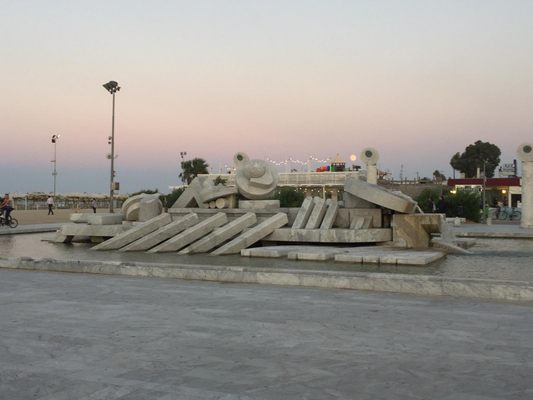About
The town of Pescara in Abruzzo, Central Italy, was part of the Kingdom of Naples for centuries. In the 16th century, it was just a small fishing village at the mouth of the Aterno River. But its importance rose when the ruling House of Bourbon decided to build one of the most important military fortresses of the kingdom there in 1510.
In the following centuries, the fortress was transformed into a barrack and prison. The prison became especially infamous in the 19th century, when it was described as a torture chamber where prisoners died of starvation, wounds, and diseases caused by the polluted air of the river swamps.
The situation started to change after the end of the Kingdom of the Two Sicilies (successor to the Kingdom of Naples) and the unification of Italy in 1861. The prison was closed in the early 20th century, and the barrack was also abandoned in 1943 after a World War II bombardment. The whole structure was later demolished.
In the late 20th century, the city of Pescara wanted to pay tribute to the prisoners of the fortress, who were used as rowers on Spanish ships as recently as 1859. For this reason, along with the town's maritime history, a ship-shaped statue was commissioned to be placed on the city's seafront.
The monument is officially entitled "L'approdo della Nave" ("The Ship Landing") but is commonly known as "Fontana la Nave" ("The Ship Fountain") or "Nave di Cascella" ("Cascella's Ship"). It was created by sculptor Pietro Cascella and completed in 1987. The statue is entirely built in Carrara marble and resembles an ancient galley in a postmodern artistic style.
Related Tags
Flavors of Italy: Roman Carbonara, Florentine Steak & Venetian Cocktails
Savor local cuisine across Rome, Florence & Venice.
Book NowPublished
September 24, 2019


































